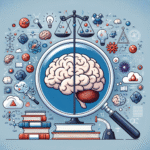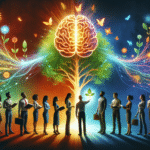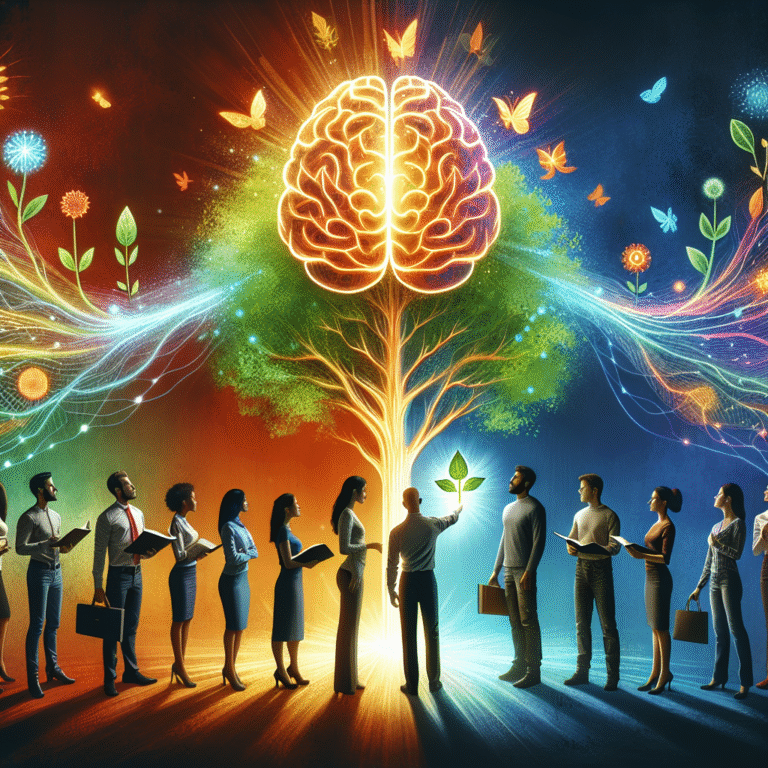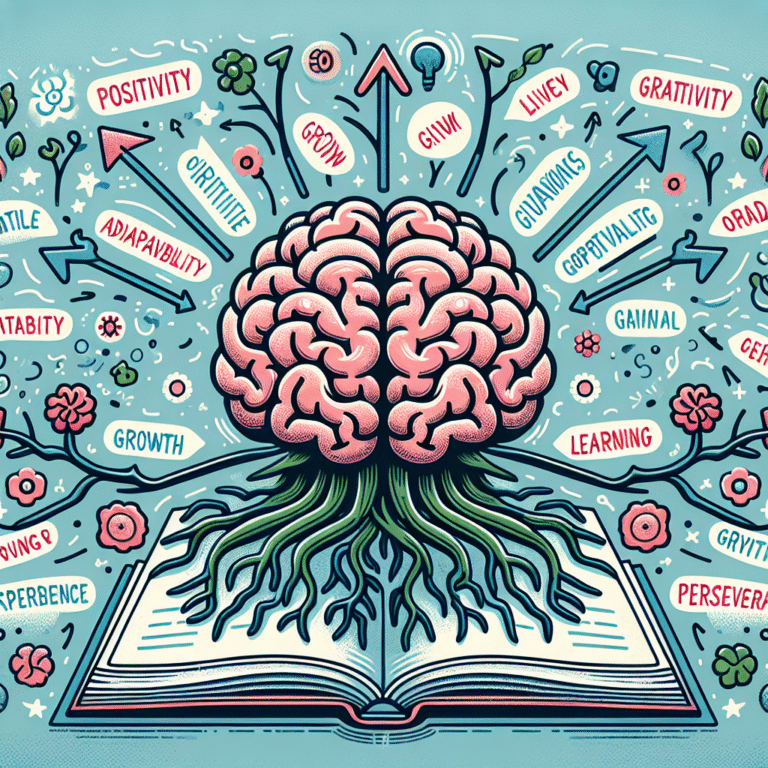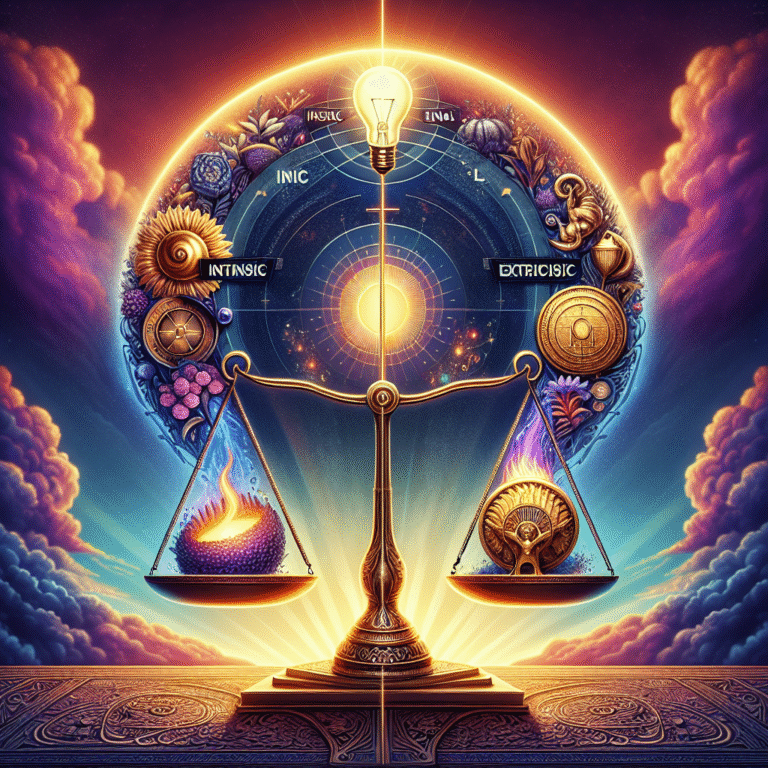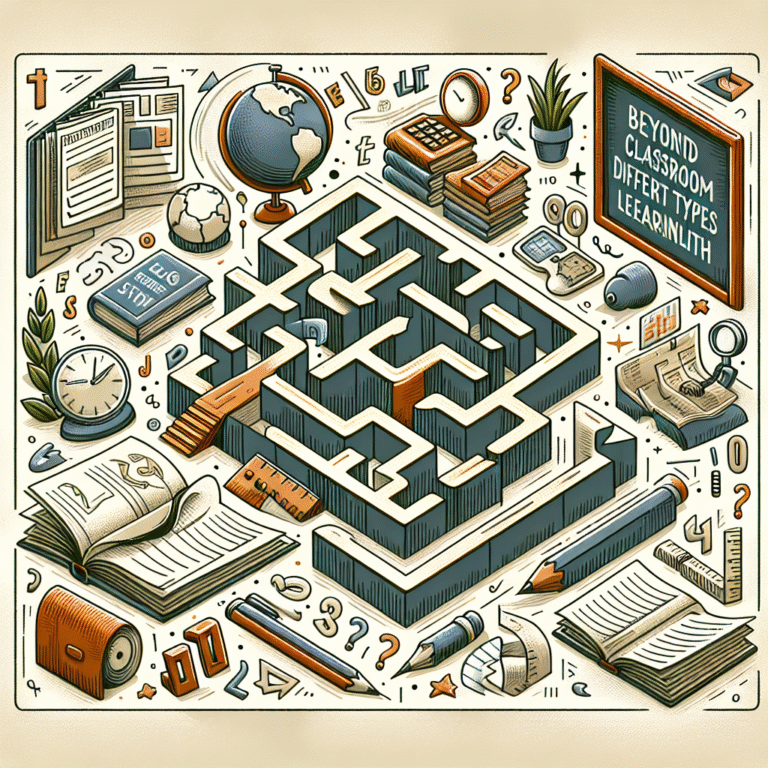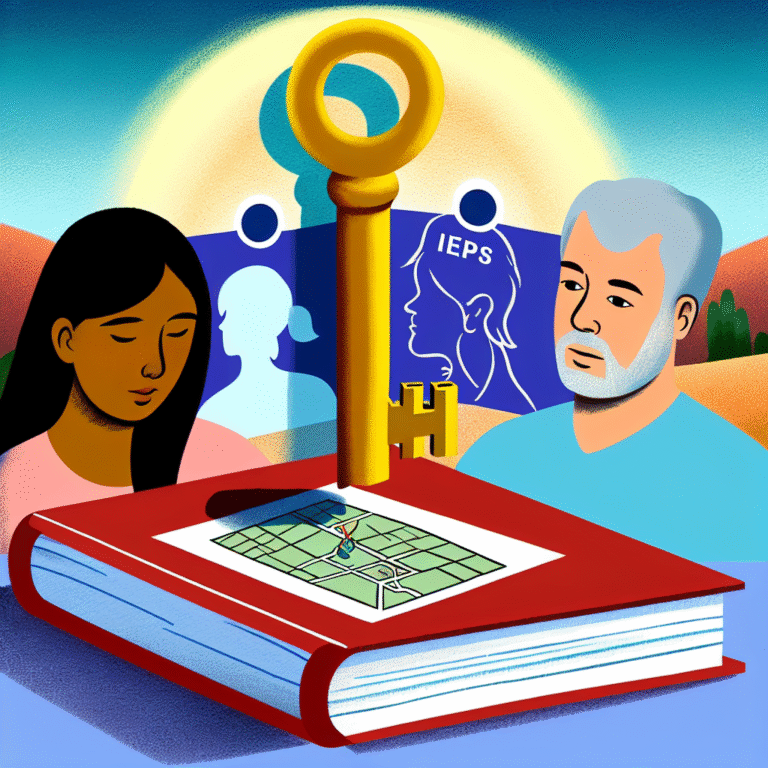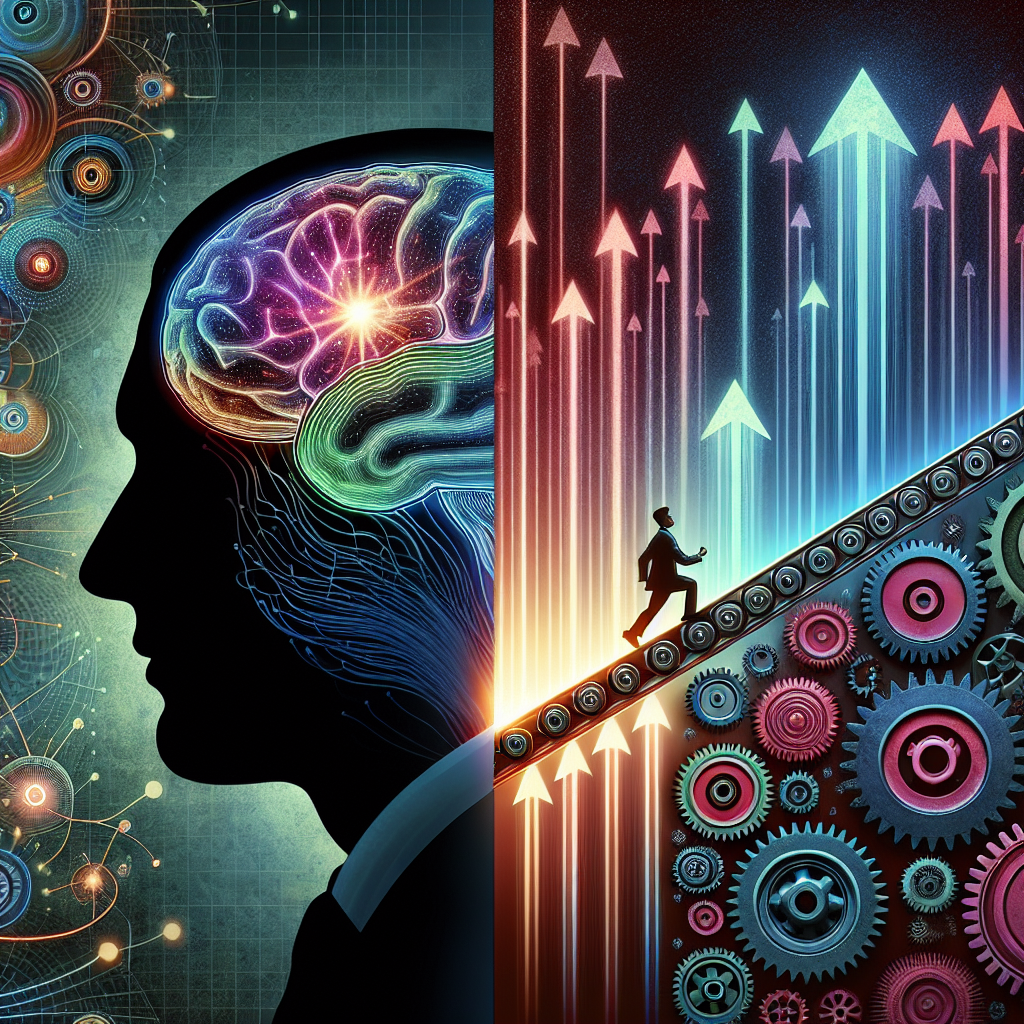
Introduction
What drives people to pursue their goals? What ignites the spark that transforms aspirations into achievements? Understanding the psychology of motivation is essential not only for personal development but also for enhancing productivity in workplaces and nurturing better educational environments. In this comprehensive exploration of The Psychology of Motivation: Key Theories That Inspire Action, we will delve into various motivation theories, unraveling what stands behind the human urge to act and create. Prepare to discover transformative insights that could change your life or the lives of those around you!
Theories of Motivation: A Journey Through Insight
1. Maslow’s Hierarchy of Needs
One of the most influential theories in the psychology of motivation is Abraham Maslow’s Hierarchy of Needs. This theory proposes that human motivation is based on a hierarchy of needs, represented as a pyramid.
Understanding the Hierarchy
Maslow identified five levels of needs:
- Physiological Needs: Basic requirements for human survival, like food and water.
- Safety Needs: Security and protection from harm.
- Love and Belongingness: Emotional relationships and social connections.
- Esteem Needs: Self-esteem, respect, and recognition.
- Self-Actualization: The realization of personal potential and self-fulfillment.
Application in Real Life
For example, consider a student who struggles academically. If their physiological needs are not met (e.g., lack of sleep due to hunger), they are unlikely to achieve higher-level needs like esteem or self-actualization. By ensuring that basic needs are satisfied, educators can unlock higher motivation levels in students.
| Level of Needs | Description | Example |
|---|---|---|
| Physiological Needs | Basic survival needs | Access to food and clean water |
| Safety Needs | Security and protection | Safe living conditions |
| Love and Belongingness | Emotional relationships | Supportive friendships |
| Esteem Needs | Self-esteem and recognition | Academic awards |
| Self-Actualization | Achieving personal potential | Pursuing hobbies or passions |
2. Herzberg’s Two-Factor Theory
Frederick Herzberg introduced the Two-Factor Theory, which divides motivational factors into two categories: hygiene factors and motivators.
Hygiene Factors vs. Motivators
- Hygiene Factors: These do not motivate but can lead to dissatisfaction if absent. Examples include salary, working conditions, and company policies.
- Motivators: These are intrinsic factors that lead to job satisfaction, such as achievement, recognition, and responsibility.
Case Study Analysis
Consider a tech company that offers high salaries (hygiene factor) but fails to recognize individual contributions (motivators). Employees may experience dissatisfaction despite receiving fair pay. On the other hand, a company that provides regular recognition fosters deeper motivation and engagement.
3. Self-Determination Theory (SDT)
Self-Determination Theory emphasizes the role of intrinsic and extrinsic motivations in human behavior.
Key Components
SDT identifies three essential psychological needs:
- Autonomy: The desire to control one’s own actions.
- Competence: The need to master challenges.
- Relatedness: The need for social connections.
Real-World Implications
For instance, an employee who is given freedom to choose their projects (autonomy) and regularly receives feedback (competence) is likely to feel more motivated and engaged. Companies embracing SDT create environments that foster higher motivation and satisfaction levels.
4. Expectancy Theory
Developed by Victor Vroom, Expectancy Theory posits that individuals are motivated by the expected outcomes of their actions.
Components of Expectancy Theory
- Expectancy: The belief that effort will lead to performance.
- Instrumentality: The belief that performance will lead to desired outcomes.
- Valence: The value placed on the expected outcomes.
Case Study: Sales Performance
Consider a salesperson who believes that their effort will result in a commission (expectancy). If they have a strong track record of being rewarded for high performance (instrumentality), and they value the financial gain (valence), they will be more motivated to excel.
5. Goal-Setting Theory
Edwin Locke’s Goal-Setting Theory emphasizes the importance of setting specific and challenging goals to enhance motivation.
Mechanisms Behind Goals
Goals guide attention, increase effort, and encourage persistence. The SMART criteria (Specific, Measurable, Achievable, Relevant, Time-bound) are crucial for effective goal setting.
Success Stories
Athletes often use goal-setting techniques to improve performance. A study of Olympic athletes found that those who set clear, challenging goals performed better than those who did not.
| Goal-Setting Criteria | Description | Example |
|---|---|---|
| Specific | Goals should be precise and clear | “I want to run 5 miles a week” |
| Measurable | Ability to track progress | “I will track my distance weekly” |
| Achievable | Goals must be realistic | “In six months, I will run 10k” |
| Relevant | Aligning with personal values and interests | “Running increases my fitness” |
| Time-bound | Setting a deadline for goal achievement | “By December, I will finish a 5k” |
6. Intrinsic vs. Extrinsic Motivation
Understanding the difference between intrinsic and extrinsic motivation is crucial in the psychology of motivation.
Definitions
- Intrinsic Motivation: Engaging in activities for their own sake, driven by interest or enjoyment.
- Extrinsic Motivation: Engaging in activities to attain rewards or avoid negative outcomes.
Balancing Motivations
For example, a child who reads for pleasure (intrinsic) may also be motivated by rewards from parents (extrinsic). Encouraging intrinsic motivation often leads to more consistent long-term engagement and satisfaction.
7. The Role of Mindset in Motivation
Carol Dweck’s concept of growth mindset vs. fixed mindset plays a fundamental role in motivation.
Growth vs. Fixed Mindset
- Growth Mindset: Believing abilities can be developed through dedication and hard work.
- Fixed Mindset: Believing abilities are static and unchangeable.
Impact on Motivation
A student with a growth mindset is more likely to embrace challenges and see failures as opportunities to learn, thereby increasing motivation and resilience. In contrast, a student with a fixed mindset may avoid challenges, resulting in diminished motivation.
Conclusion
Understanding The Psychology of Motivation: Key Theories That Inspire Action reveals not only what motivates individuals but also how to harness that motivation effectively. From Maslow’s hierarchy to intrinsic and extrinsic motivations, these theories provide essential insights into human behavior. Remember, motivation isn’t a one-size-fits-all concept; it varies from person to person. By applying these principles in our lives or organizations, we can inspire action, achieve goals, and foster an environment where individuals thrive.
FAQs
1. What are the main factors that influence motivation?
Several factors affect motivation, including psychological needs, environment, personal goals, and social relationships.
2. How can I enhance my motivation?
Setting clear and achievable goals, understanding your personal values, and surrounding yourself with supportive people can significantly enhance motivation.
3. What role does self-determination play in motivation?
Self-determination plays a crucial role as it emphasizes the importance of autonomy, competence, and relatedness in fostering intrinsic motivation.
4. How can organizations use motivation theories?
Organizations can use motivation theories to create an engaging work environment, implement effective reward systems, and encourage goal-setting among employees.
5. Can motivation be developed?
Yes, motivation can be cultivated through self-awareness, setting appropriate goals, and developing a growth mindset, enabling individuals to face challenges with resilience.
Final Thoughts
Reflect on the various theories discussed in this article. Consider how they apply to your life or organization. By understanding the psychology of motivation, you can not only motivate yourself but also inspire those around you to take action. Your journey towards a more motivated life begins today!
